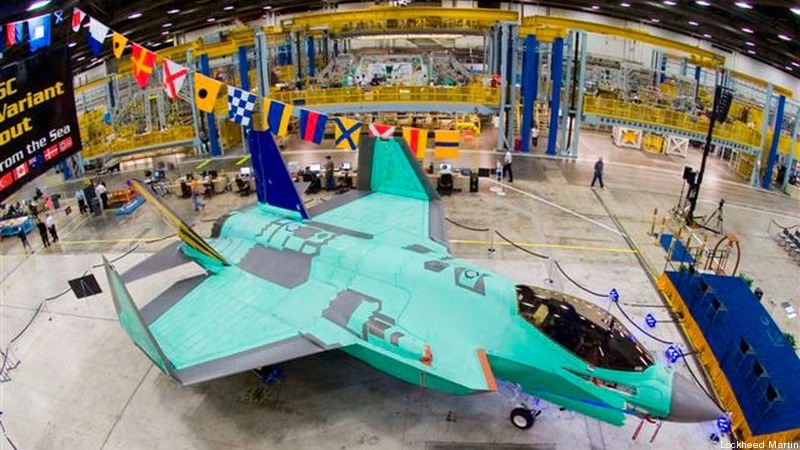Navy’s F-35 Is Top Priority For New Lockheed Aeronautics Chief; Carrier Landings Key To Confidence
Posted on
PARIS AIR SHOW: “The word commitment should mean something. When I give you my commitment you should be able to trust that I’m going to do what I said I’m going to do.”
That’s the message Orlando Carvalho, new head of Lockheed Martin’s iconic aeronautics business wants to send the US Navy, the service most skeptical of the F-35.
“It’s one of my top priorities,” Carvalho said about boosting Navy confidence in the F-35C during an interview on the front porch of the company’s chalet here at the Paris Air Show. Navy officials have expressed worries about the plane’s electronic warfare capabilities, its fly-away and life cycle costs ,and its readiness for carrier operations.
Ticking off the boxes, Carvalho said the F-35 boasts “formidable electronic attack capabilities” and noted its cyber capabilities. Looking at the F-35B, which former Defense Secretary Robert Gates famously placed on “probation,” Carvalho pointed to the enormous gains in the confidence shown in it after successful sea trials on the USS Wasp.
The F-35C should go to sea for carrier trials next year and that, Carvalho predicts, will address many Navy concerns about the F-35’s carrier suitability if all goes well. In terms of cost, the Lockheed executive conceded that the carrier version, with its larger wings, greater range, and beefed up landing gear, is “inherently more expensive” than the Air Force’s A model. Given all that, he expects the Navy position won’t change much until the carrier trials “actually happen.”
In terms of F-35 concurrency costs, which dropped an impressive $500 million according to the Pentagon’s latest report to Congress, Carvalho credited a new approach to analyzing concurrency issues.
Lockheed, working with the Joint Program Office, moved from parametric analysis to a “discrete” model because they found that the parametric approach consistently predicted much higher costs than was the case.
The parametric model got into “trouble” when multiple cost factors were added together. Using that model drove costs “geometrically higher over time.” The new model focuses on areas “where we actually are going to have a problem.”
Finally, Corvalho would not be drawn on any work Lockheed might or might not be doing on the nascent Long Range Strike Bomber program. It seemed pretty clear they are doing work on it. We’ll have to wait and see what gets revealed in due time.
Subscribe to our newsletter
Promotions, new products and sales. Directly to your inbox.

